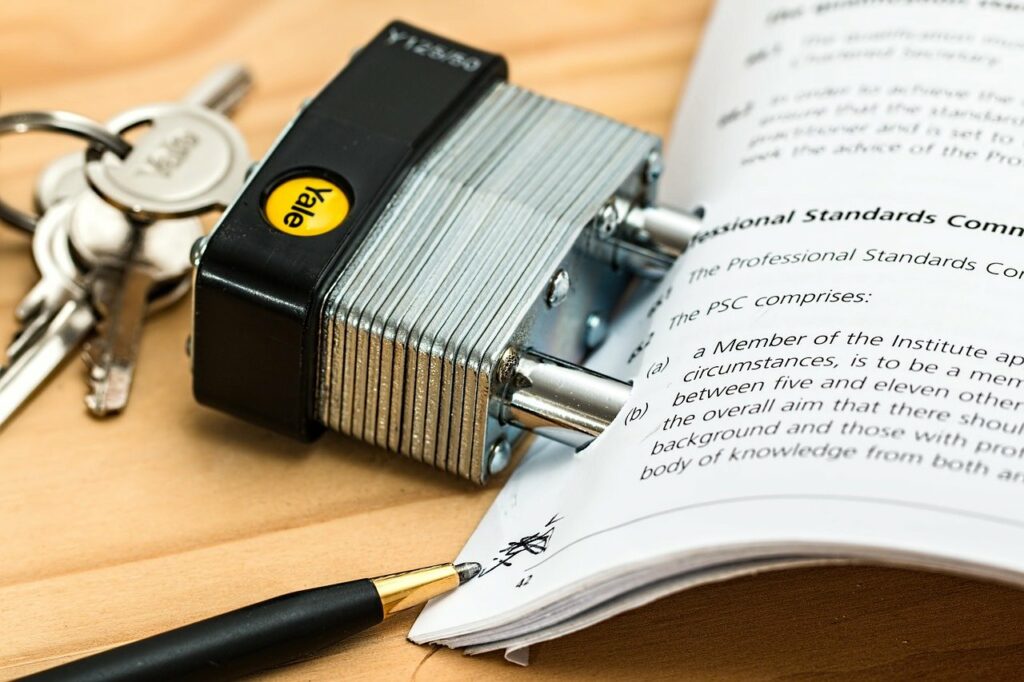
For gym owners venturing into the commercial real estate market, choosing the right type of lease can significantly impact your business’s financial health and operational flexibility. While there are various lease types, understanding the differences between gross, dual net, and triple net leases is crucial. This comprehensive guide will provide you with the knowledge needed to make informed decisions, complete with practical examples.
1. Gross Leases: Predictability and Simplicity
Gross leases represent a straightforward arrangement where you, as the gym owner, pay a fixed rent amount. The landlord covers all property expenses, including taxes, insurance, and maintenance. This lease type is ideal for those who prefer predictability in their monthly expenses.
Example: Imagine you’re leasing a space for your gym at a fixed rate of $5,000 per month. Whether the property taxes increase or the building needs unexpected repairs, your rent remains unchanged, offering you financial stability.
Key Considerations:
- The rent might be higher to compensate the landlord for their additional expenses.
- Ensure the lease agreement explicitly states all the expenses covered by the landlord.
- Occasionally, certain types of expenses may have caps or exceptions.
2. Dual Net Leases (Net-Net or NN): A Balanced Approach
In a dual net lease, you take on the responsibility of paying some landlord expenses, like property taxes and insurance, while the landlord handles maintenance costs. This type can offer lower base rent but requires you to budget for additional variable expenses.
Example: Your gym’s dual net lease might have a base rent of $3,500, but you must also pay the property’s annual tax of $12,000 and insurance costing $3,000 per year. While the initial rent is lower, these extra expenses can fluctuate, affecting your budget.
Key Considerations:
- The lease must clearly detail which expenses are yours and which are the landlord’s.
- Negotiate how increases in taxes and insurance will be handled.
- Be prepared for fluctuations in your monthly operational costs.
3. Triple Net Leases (NNN): Maximizing Control and Responsibility
The triple net lease is where you, as the tenant, are responsible for all three major expense categories: property taxes, insurance, and maintenance. This option often comes with the lowest base rent but requires a higher level of involvement and risk assumption.
Example: You find a prime location for your gym with a tempting base rent of $2,500 per month. However, you are also responsible for annual property taxes of $15,000, insurance costs of $4,000, and any maintenance the building requires. This type of lease demands meticulous financial planning due to its variable costs.
Key Considerations:
- Clearly outline your responsibilities in the lease.
- Negotiate caps or limits on the expenses you’ll cover, like HVAC.
- Ensure a clear understanding of what constitutes maintenance expenses.
Conclusion: Making the Right Choice for Your Gym
Choosing the right lease type for your gym involves balancing your financial capabilities, risk tolerance, and the level of control you desire over the property. Each lease type has its unique advantages and challenges:
- Gross Lease: Best for those seeking stability and simplicity in expenses.
- Dual Net Lease: Ideal for those who can handle some variability in expenses.
- Triple Net Lease: Suited for those willing to take on more responsibility for potentially lower rent.
As a gym owner, it’s imperative to work closely with a knowledgeable legal consultant to navigate these options. An experienced legal professional can help you understand the nuances of each lease type, negotiate favorable terms, and ensure that your lease agreement aligns with your business objectives while complying with state laws.
Remember, the right lease can pave the way for your gym’s success, so choose wisely and always seek professional guidance to protect your interests.



